What kind of hair care is needed after laser hair removal?
Contents
How to reduce the number of sessions in a laser hair removal course, what happens to the hair between procedures, and why you shouldn’t pluck hair after epilation are discussed in this article.
How does the laser beam affect the hair?
To explain why it is important to follow hair care recommendations, let’s briefly discuss how laser hair removal “works.”
During epilation, the laser beam targets the pigment (melanin) found in the hair follicle. By absorbing light energy, melanin heats up and destroys the hair growth zone.
Laser hair removal with the MOTUS AX device used in our salons is painless and takes just seconds.
The painlessness is achieved thanks to the built-in cooling system, and the speed is explained by MOVEO – the patented motion-based hair removal technology.
| Question | Answer |
| When do hairs start to shed after laser hair removal? | 10 to 21 days after the procedure. |
| Can I speed up hair loss? | You should not try to speed up the process. Instead, use a razor between sessions. |
| Can I pluck the hairs? | No, it is not recommended. |
| What cream should be used after the procedure? | Moisturizing creams, as well as other products containing panthenol and aloe vera. |
| Can I sunbathe after the procedure? | No. You need to avoid ultraviolet rays for 2 weeks after the procedure (3-5 days when using the Moveo technology). |
| When can I repeat the procedure? | On average, after 4-6 weeks (as recommended by the specialist). |
What happens to the hair under laser impact?
After the laser beam treatment, the hair shaft along with the root falls out in 2-3 weeks. If the removed hair was in the active growth phase, a new hair shaft forms, and during the next procedure, the laser beam will again affect it, gradually weakening it.
If, during the several weeks between procedures, the hair transitions to the catagen phase – blood supply is halted, and it stops growing.
 How can you remove hair between laser hair removal procedures?
How can you remove hair between laser hair removal procedures?
We recommend shaving or using depilatory cream between procedures. This way, the hair follicle, where the highest concentration of melanin is located, remains undamaged, and during the next procedure, the laser actively affects the hair, gradually making the skin smooth.
To minimize razor irritation – use a new razor each time. This also prevents ingrown hairs: dull blades remove the top layer of skin, making it difficult for the hair to “break through” to the surface.
As for skin irritation – we discuss in detail the products we use after epilation to soothe the skin in the article. There, we also talk about preventing irritation and methods for quickly relieving redness.
Plucking hair after epilation?
Our salon clients often ask: “Why can’t you pluck hair after epilation?”.
The main reason is that by removing hair with tweezers, an epilator, or wax strips, you remove the follicle. This follicle is where the highest concentration of melanin is located, and it is this melanin that weakens the hair and stops its growth. In other words – if you remove the hair with the root, the laser beam will not find the “target” it aims for.
Another problem that arises if you physically remove hair between epilation procedures is the inability to calculate the number of sessions required. This is because if a hair in the active growth phase is plucked, it will start growing back in 2-3 weeks. If during a session the laser beam did not affect it, it remains undamaged.
Thus, you go for epilation but do not use the device’s effectiveness to its fullest. And the hairs you pluck between visits grow back well. The course of 8-10 sessions does not end as expected, and to achieve smooth skin, you will have to visit the salon longer.
If you follow all the master’s recommendations “BEFORE and AFTER” the procedure, and visit us as scheduled, your body will soon be exactly as you desire – completely smooth.

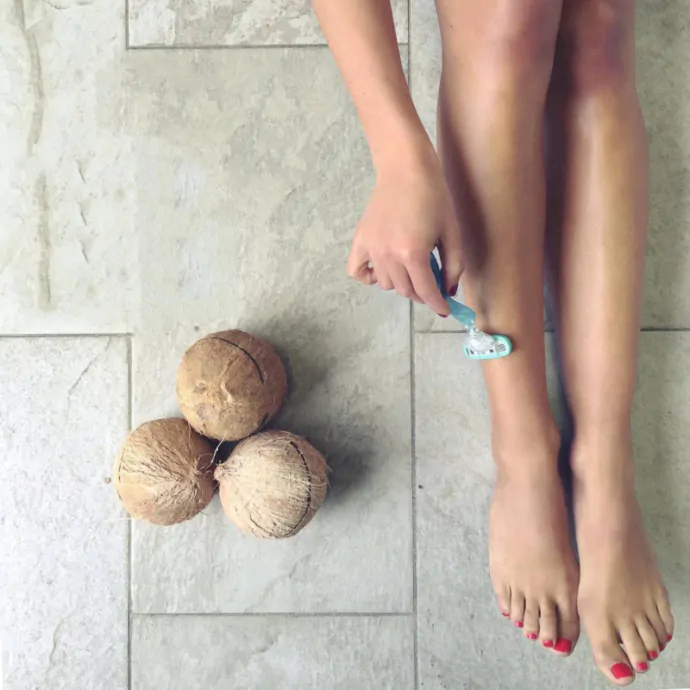

 How can you remove hair between laser hair removal procedures?
How can you remove hair between laser hair removal procedures?




















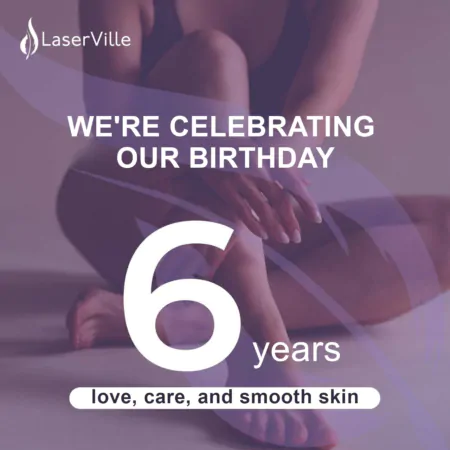
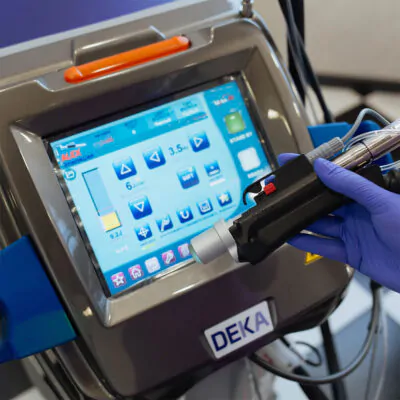

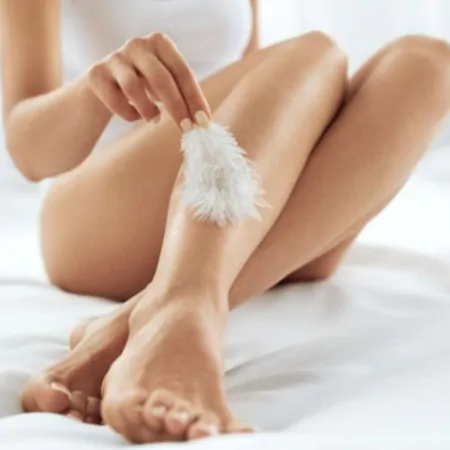
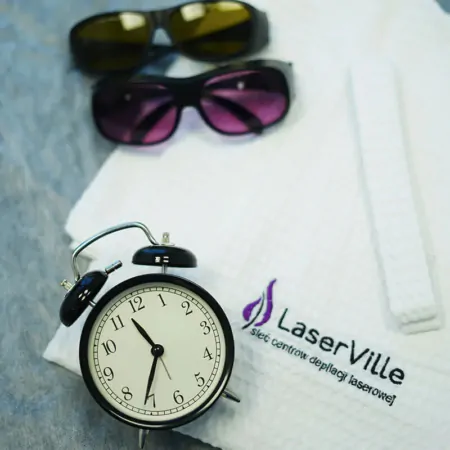




No reviews